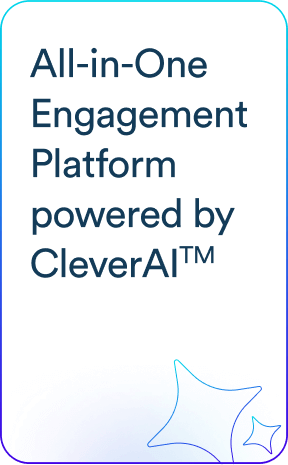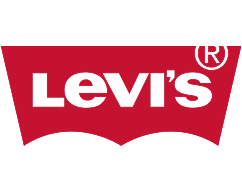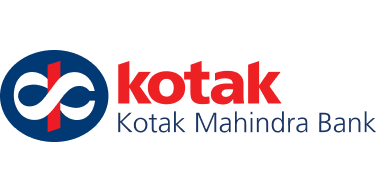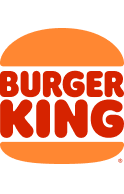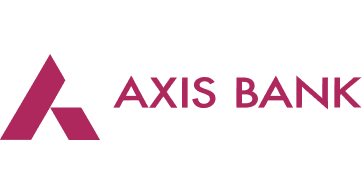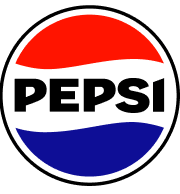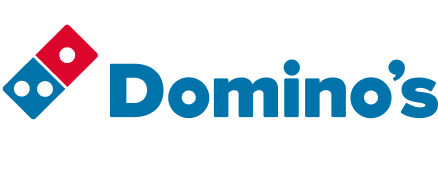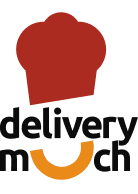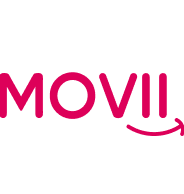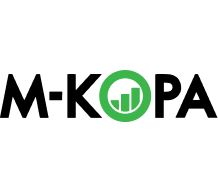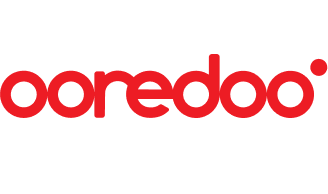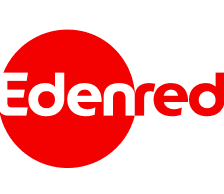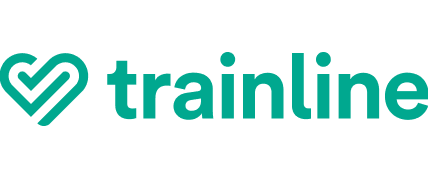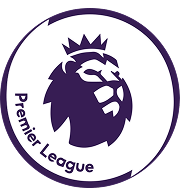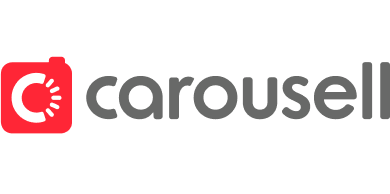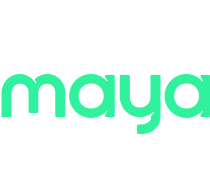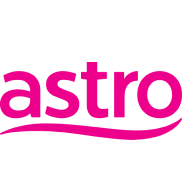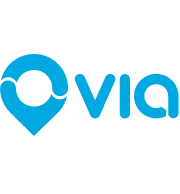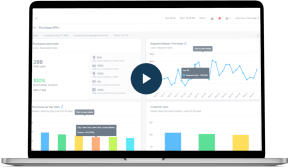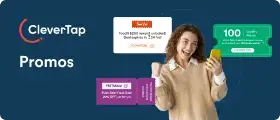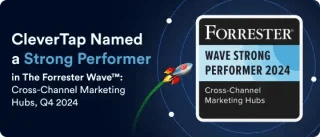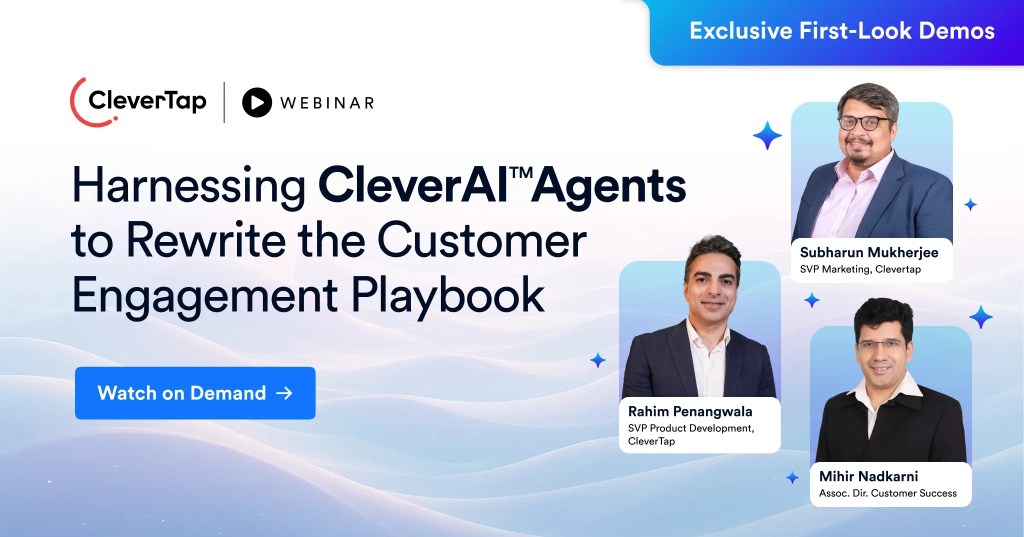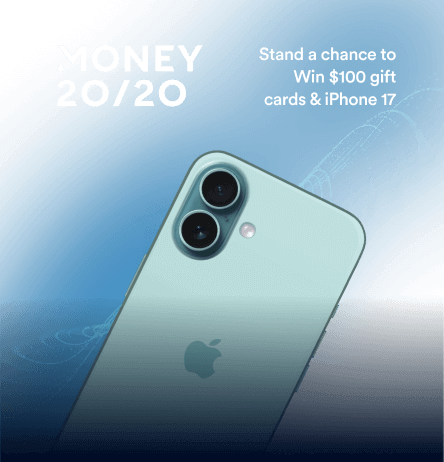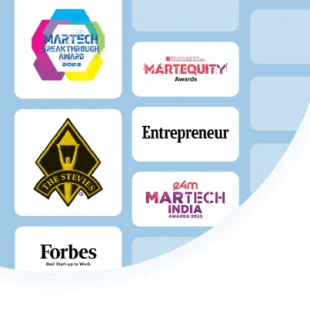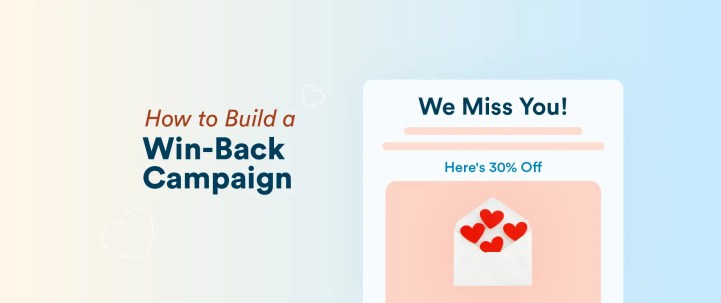Customer retention is essential for sustainable business growth, and a win-back campaign is a powerful tool to achieve it. With the cost of acquiring a new customer being 5–7 times higher than retaining an existing one, investing in a strategic win-back initiative is smart and cost-effective.
In this article, we’ll explore what win-back campaigns are, when to launch them, how to segment your audience, develop a strategy, build effective communications, and measure success.
What is a Win-Back Campaign?
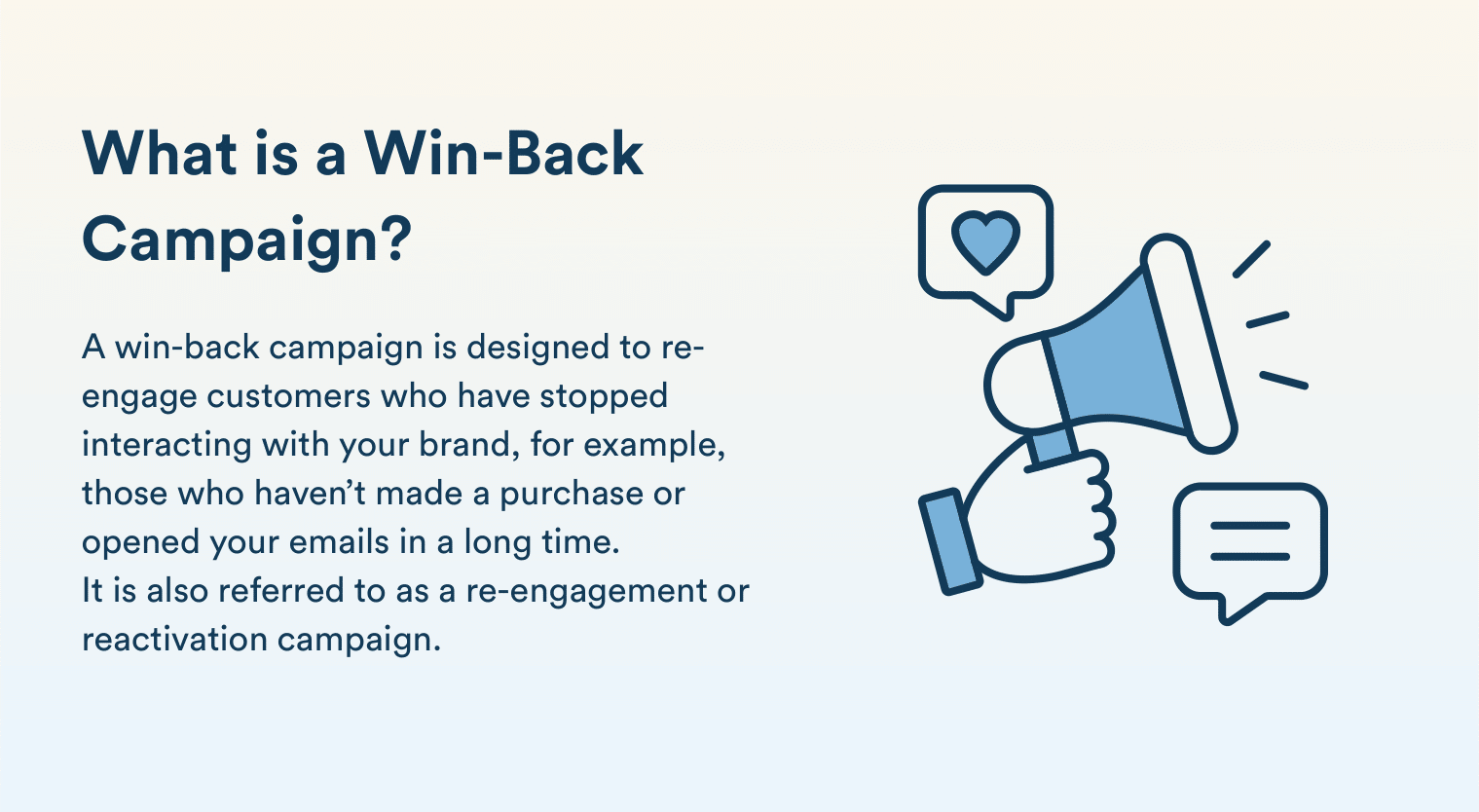
A win-back campaign is a marketing initiative designed to re-engage customers who have stopped interacting with your brand, for example, those who haven’t made a purchase or opened your emails in a long time. It is also referred to as a re-engagement or reactivation campaign.
Often delivered as a win-back email campaign, it may also span other channels. The campaign uses personalized messaging, special incentives, and reminders to capture the customer’s attention and encourage them to return.
Churn is the driver behind win-back campaigns. When customers churn, it directly impacts revenue and customer lifetime value.
When to Launch a Win-Back Campaign
Timing is critical. You should launch your win-back campaign when a customer shows signs of inactivity, and before they’re fully disengaged. This “Goldilocks” moment varies by industry and customer behavior.
The definition of an “inactive” customer depends on your business cycle. For example, in retail e-commerce, a lapse of 3–6 months without a purchase might trigger a win-back flow. Seasonal businesses may wait until the next seasonal cycle if customers only buy at certain times of year. Consider the typical purchase frequency in your industry and use that to define when a customer is truly at risk of churn.
Behavioral triggers to watch include:
- No logins or purchases
- Drop in email opens/clicks
- Reduced spend or engagement
- Missed buying intervals
- Negative feedback or unresolved service issues
Evaluating these signals ensures your win-back campaign reaches customers at the right time, when they’re still savable.
How to Build a Win-Back Campaign Strategy
Building a win-back campaign strategy requires careful planning and alignment with your overall customer journey.
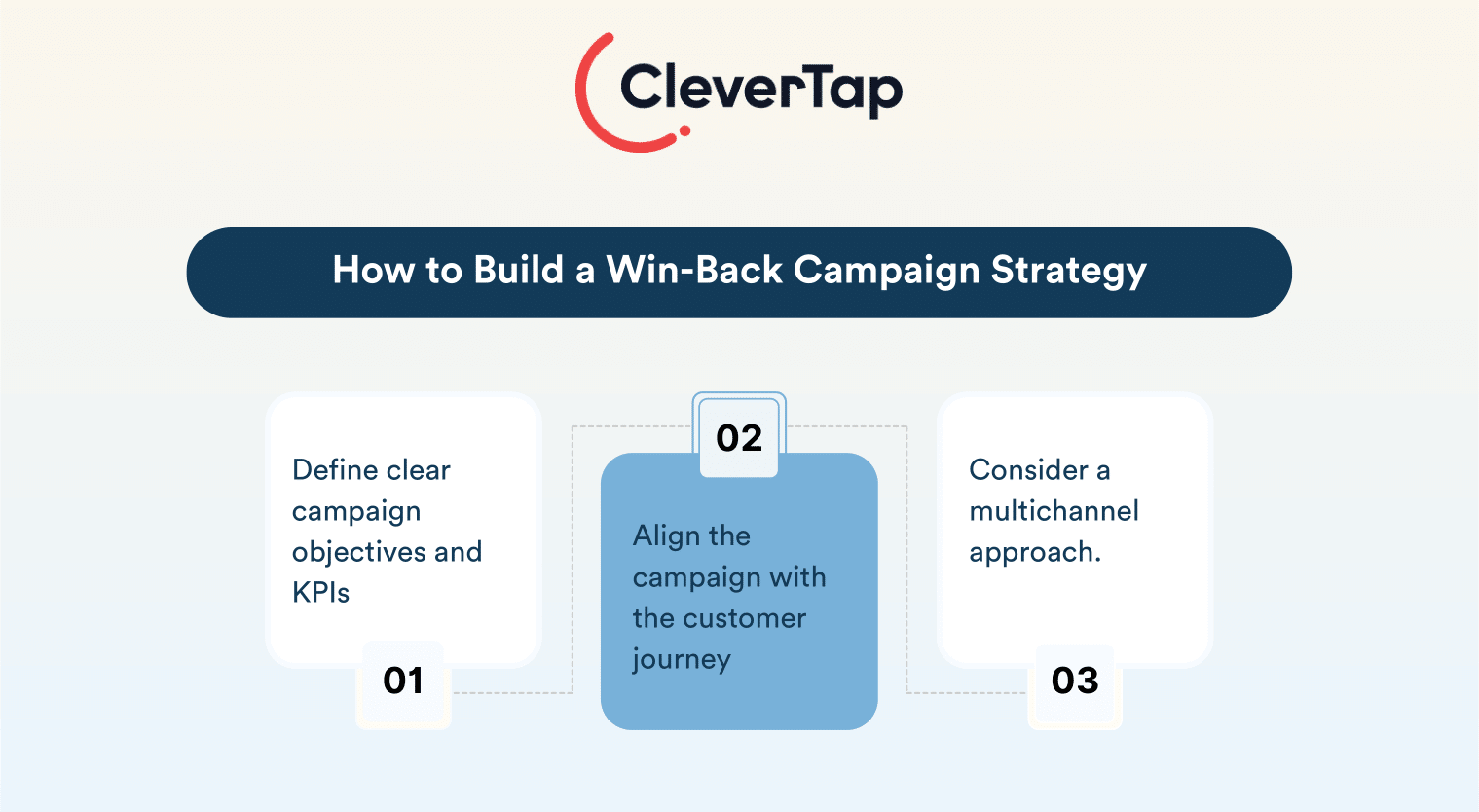
1. Define Clear Campaign Objectives and KPIs
Start with specific objectives. Common goals include reactivating a percentage of lapsed customers, boosting repeat purchases, or reducing churn rate. From these goals, set measurable KPIs:
- Win-back rate, which is the percentage of inactive customers reactivated
- Conversion rate from win-back offers
- Revenue generated
- Email open and click-through rates (CTR)
- Customer lifetime value (CLV) impact
Example: If your KPI is to win back 10% of 1,000 dormant users, success means 100 customers make a purchase.
2. Align With the Customer Journey
Think about where these lapsed customers fell out of the funnel. Did they churn after a first purchase? After a subscription ended? Midway through using your service?
Then tailor your message accordingly:
- Early Churn: Address onboarding issues or highlight missed value
- Long-Time Loyalists: Use loyalty rewards or appreciation messaging
Make it easy to return: offer direct links, product recommendations, or seamless renewal options.
3. Choose the Right Channels
When developing the strategy, choose the right channels to reach your lapsed customers. Don’t rely solely on email. Consider a multichannel approach:
- Email: Personalized, rich in content (most common)
- SMS: Short, timely nudges (e.g., “We miss you—here’s 20% off!”)
- Social Ads: Retarget on Facebook/Instagram with custom audiences
- In-App Notifications: Great for mobile-first users
- Direct Mail: For high-value customers, a physical coupon or postcard can stand out
Many brands succeed using a mix: start with email, follow up with a text or ad, and layer reminders across platforms to boost engagement. A solid win-back strategy is goal-oriented, customer-centric, and multichannel.
Learn how to use omnichannel and multichannel marketing to boost your campaigns.
Importance of Customer Segmentation for Win-Back Campaigns
Instead of sending a one-size-fits-all blast, segment your lapsed customers based on behavior and profile. Use CleverTap to identify inactive customers, then divide them into groups using RFM analysis—Recency, Frequency, and Monetary value. For example:
- Recency: When was their last purchase?
- Frequency: How often did they buy?
- Monetary: How much did they spend?
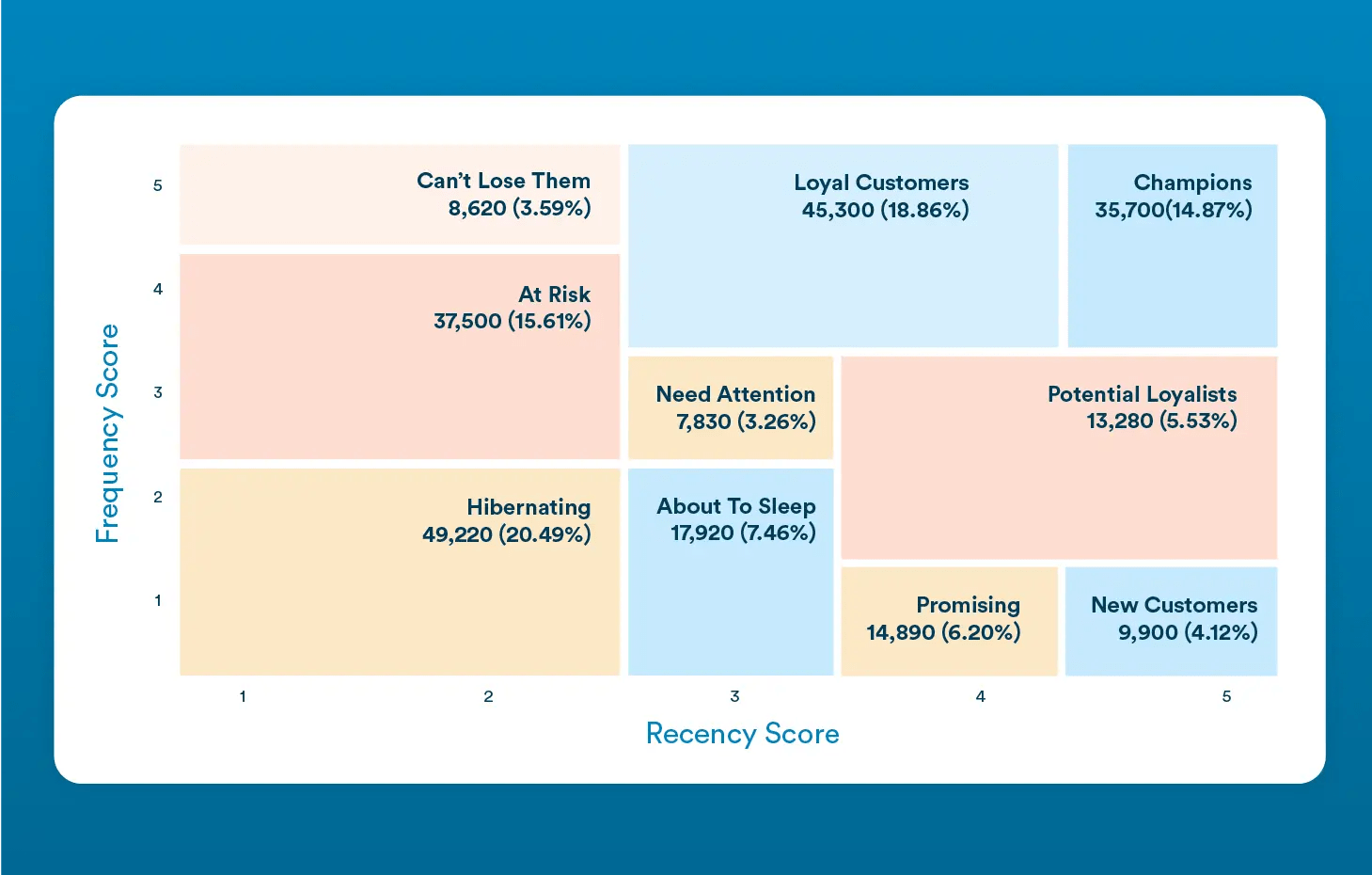
A high-value customer who hasn’t purchased in six months deserves a different message than someone who only bought once a year ago. Go deeper by analyzing why customers churned—price sensitivity, poor product fit, or quality issues—and segment accordingly using survey or review data.
CleverTap’s advanced customer segmentation capabilities help create nuanced segments by pulling together customer data (e.g., purchase history, site behavior, demographics) into one place. This allows you to define granular groups like “users who bought X but haven’t returned in 90 days.
This approach leads to a tailored win-back campaign for each segment, increasing relevance and effectiveness, far better than a generic message to all.
Tips to Create Effective Win-Back Campaign Communications
Whether it’s a win-back email, SMS, or other format, effective communication is personalized, persuasive, and respectful. Here are some key tips:
Leverage Personalization
Use first-party data thoughtfully. Personalize messages using the customer’s name and past interactions. Reference previous purchases or browsing history—e.g., “Hi John, we noticed it’s been a while since your last order of [Product].” You can also mention loyalty status, items left in their cart, or favorite categories to show you value them as individuals.

Write strong subject lines and use the right tone. Use phrases that convey emotion and urgency, like:
- “We Miss You, [Name]”
- “Come Back to [Brand] – A Special Offer Awaits”
- “It’s Been a While – Enjoy $15 Off Just for You”
Add warmth or humor if it fits your brand voice. Emotional subject lines (“It’s not the same without you”) often spark nostalgia, while value-driven ones (“A gift to bring you back”) get straight to the point.
CleverTap powers hyper-personalization through first-party data and TesseractDB™, enabling brands to use unlimited data points and a 10-year lookback to create deeply contextual messages. You can incorporate user names, loyalty status, purchase history, and behavioral data in real-time, making your outreach feel highly relevant and individualized.
Balance Emotion and Incentives
Start with an emotional appeal, show appreciation, or acknowledgment of their absence. Then offer a compelling incentive, like a discount, loyalty points, or a free gift. Dollar-off deals can outperform percentage-based ones because they feel more concrete. Add urgency by setting time limits to redeem coupons or offers.
Clever.AI’s Scribe generates emotionally intelligent subject lines, pre-headers, and copy that resonate deeply with users. You can test subject line variants using built-in A/B testing and let the AI optimize for the best open rates across channels like email, push, and WhatsApp.
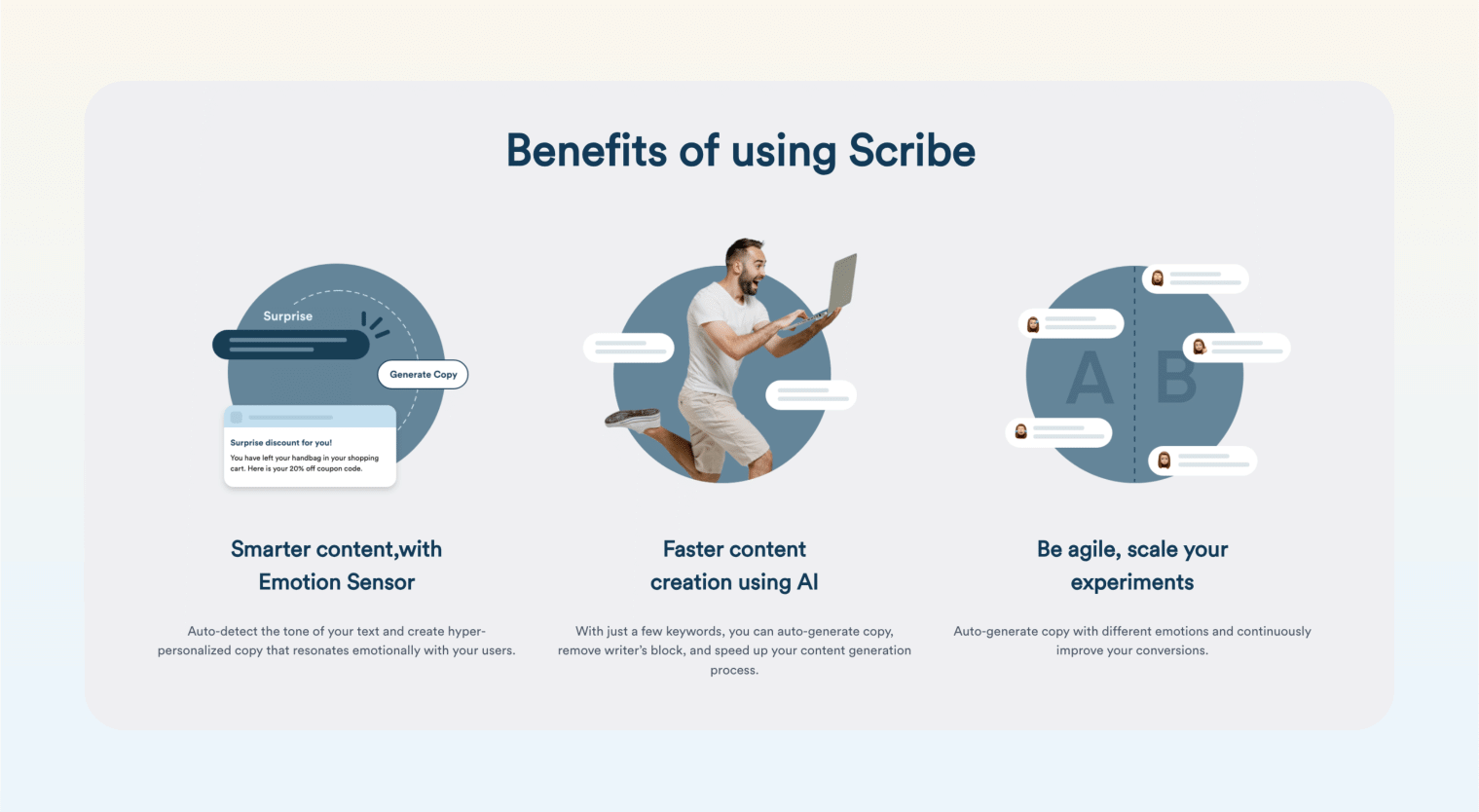
Include a Clear CTA
Guide users with one obvious call-to-action, such as:
- “Shop Now”
- “Renew Your Subscription”
- “Check Out What’s New”
Avoid multiple links or mixed messages. A clear CTA increases the chance of conversion and lets you track results more accurately.
Be Smart About Timing & Frequency
Send space messages 3–7 days apart to allow for action, while maintaining context. A 2–4 week total flow is typical, but you can shorten it if urgency is key. Always remove customers from the sequence once they re-engage. It’s essential to pause unrelated marketing during the win-back sequence to keep your messaging focused and intentional.
A/B Test and Optimize
Test subject lines, tone, and offers regularly. What works for one segment or brand might not work for another. Let performance data drive future improvements.
Win-Back Campaign Flow & Timing
A win-back campaign is a thoughtfully orchestrated sequence of 3–5 multi-touch engagements across email, push, SMS, in-app messaging, and paid retargeting. Delivered over a few days or weeks, each touch builds on the last, giving multiple opportunities to re-engage customers wherever they are most active.
1. “We Miss You” – Warm First Touch
Channels: Email, Push Notification, In-App Message
Start with a friendly, low-pressure message to rekindle interest. Use a casual subject line or push copy like:
- “It’s been a while – we miss you!”
- “Come see what’s new”
In-app banners or overlays can highlight recent feature updates or fresh content. Use this touch to remind users why they loved your brand, not to sell. Mention:
- New app features or design improvements
- Popular products back in stock
- Community news or updates
Tip: Use push notifications to deliver the message in real-time when users are most likely to engage. Use email for deeper storytelling.
2. “Here’s an Offer” – Incentive to Return
Channels: Email, SMS, Push Notification, Paid Retargeting Ads
If there’s no engagement after 3–7 days, follow up with a clear value proposition:
- “Take 20% off your next purchase”
- “Come back and enjoy a free trial extension”
Use SMS for high visibility and urgency, while retargeting ads on Facebook/Google can reinforce the offer visually. Make the benefit tangible and the CTA easy.
Tip: Personalize the offer based on past behavior—abandoned cart items, categories browsed, or purchase history.
3. “Tell Us Why” – Ask for Feedback
Channels: Email, In-App Survey, SMS (with link)
About a week later, shift the tone to empathy:
- “Your opinion matters—how can we do better?”
- “We’d love your feedback (and we’ll give you 10% off to say thanks)”
Use a short in-app survey for users who return to the app, or link to a mobile-optimized form from an email or SMS. One-click response options can make this even easier. CleverTap enables in-app surveys or feedback prompts via push, email, or in-app messages. You can tag and analyze responses to identify common churn reasons and improve messaging or product experience.
Tip: Incentivize feedback with a small offer, even if they don’t make a purchase.
4. “Final Reminder” – Last Chance Message
Channels: Push, SMS, Email, Retargeting
This is your final nudge, sent about a week later:
- “Last chance to redeem your offer”
- “We don’t want to say goodbye”
Set a deadline and build urgency. Use retargeting ads to visually reinforce the expiration of the offer across channels. On push or SMS, keep it short and actionable.
Tip: Include an “opt-out” or “pause communication” option to reduce unsubscribes and demonstrate respect for the customer’s preferences.
5. “Goodbye (for Now)” – Optional Exit Note
Channels: Email, Push, Ad Suppression
If the user is still inactive, close the loop gracefully:
- “We’ve removed you from our list—for now.”
- “Hope to see you again someday.”
Use this as a signal to pause emails/push but keep the door open for future re-engagement:
- Retarget them with ads after a few months
- Send a surprise reactivation SMS later
Tip: Keep them in a long-term reactivation pool, especially if they had high lifetime value.
Test and Optimize the Win-Back Campaign Flow
- A/B test across all channels: Try starting with a push vs. email. Test incentive timing, CTA phrasing, copy length, and visual creatives.
- Stagger message timing: Email on Day 1, push on Day 2, SMS on Day 3—this reduces fatigue and increases reach.
- Measure across touchpoints: Track open/click rates, conversion, app sessions, and opt-out rates by channel to refine future flows.
CleverTap’s attribution tools allow you to assign credit to different channels using UTM parameters, unique links, or promo codes. You can see which messages or mediums (e.g., push vs. email vs. ads) drove the most reactivations.
A good win-back flow gradually escalates:
Warm reintroduction → Value-driven offer → Empathetic feedback request → Final reminder → Optional exit
Respect silence, tailor timing by audience, and connect on their preferred channels. A smart, multi-touch, omnichannel flow maximizes the chances of reactivation while preserving trust and minimizing fatigue.
In a related note, learn about email automation workflows and what makes them high-converting.
Real-Life Win-Back Campaign Examples
Let’s explore how top brands have used creativity, personalization, and smart messaging to re-engage lapsed customers.
How MPL Used CleverTap to Power Win-Back Campaigns
Mobile Premier League (MPL), a skill gaming platform in Asia, implemented effective win-back strategies using CleverTap’s engagement and automation tools. By analyzing user behavior—like whether a user won or lost their first game—MPL created personalized journey flows that re-engaged users at risk of dropping off. For those likely to churn, timely and relevant messages were sent through push notifications, in-app messages, email, and SMS.
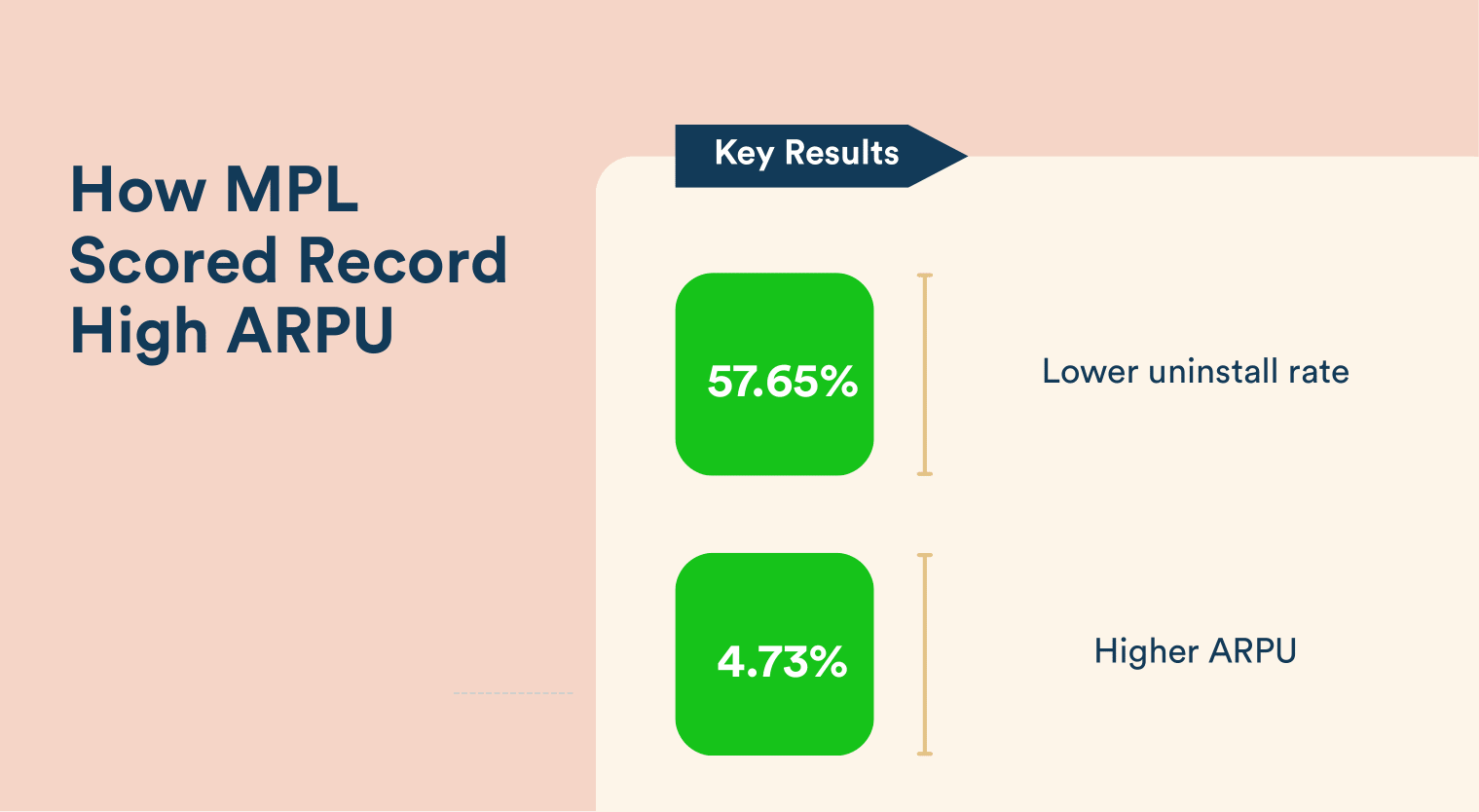
Using CleverTap’s segmentation and retention modeling, MPL identified inactive users early and triggered reactivation campaigns tailored to their behavior and value. This proactive, omnichannel approach helped reduce drop-offs and brought lapsed users back into the app, supporting long-term retention and driving higher customer lifetime value.
Read the full case study here.
JetBlue: The Breakup Email
JetBlue’s famous “Breaking up is hard to do” email is a standout win-back example. It uses humor and emotion by framing the lapse like a romantic breakup. The tone is lighthearted, speaking directly to the customer and acknowledging they might be thinking of unsubscribing.
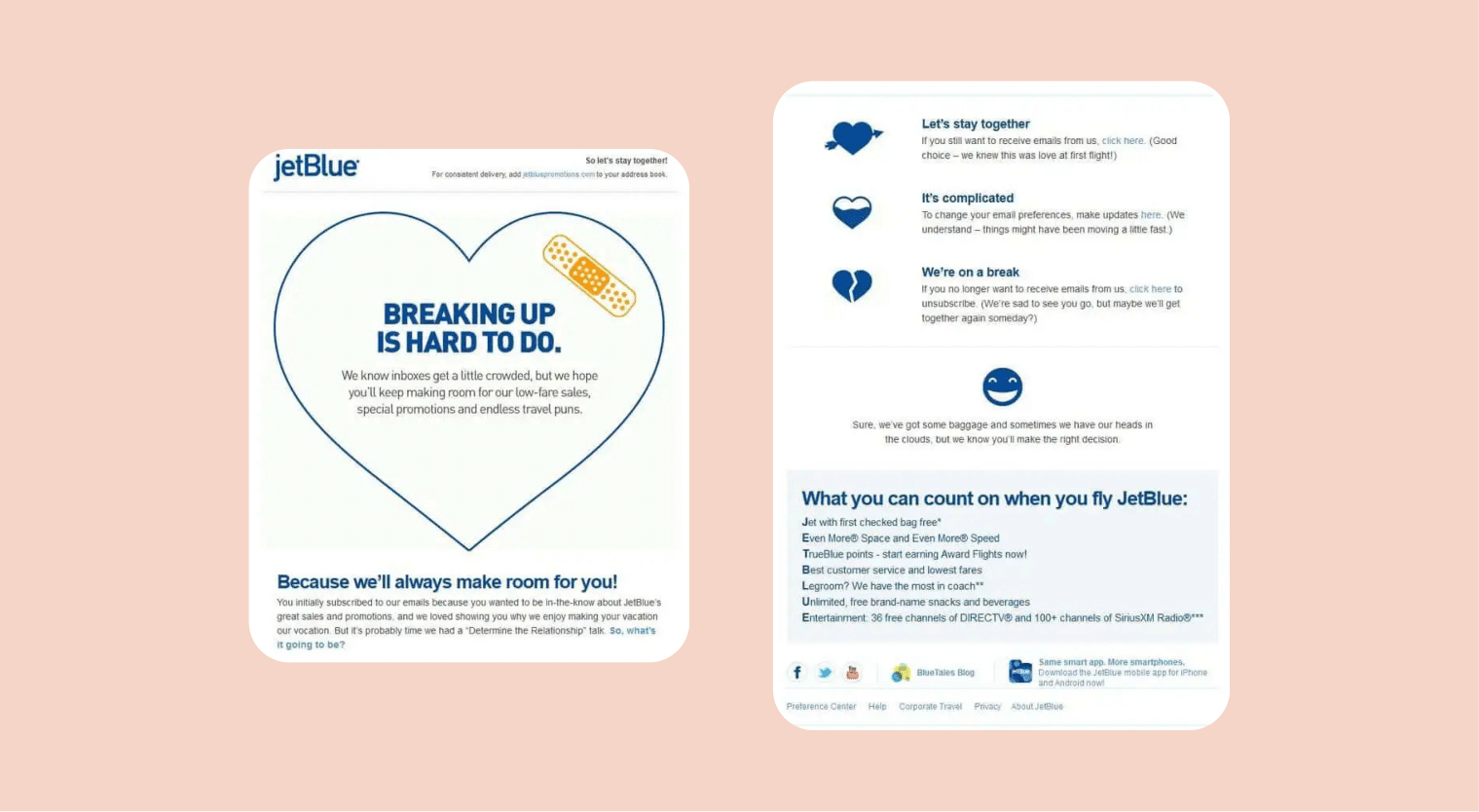
Source: JetBlue
Instead of pushing hard to sell, JetBlue offers options—such as updating email preferences—giving customers control. The design features playful visuals (like a heart), and the tone balances charm with choice. This approach taps into emotional appeal while offering a graceful way to stay connected.
Lowe’s: We’ve Improved
Lowe’s takes a more practical route with their win-back strategy. Their message highlights what’s new since the customer left. With a subject like “We’ve made some improvements,” they introduce updates like the MyLowe’s card, which tracks purchases and removes the need for paper receipts. This solves a real customer pain point and adds value.

Source: Lowe’s
Measuring the Success of a Win-Back Campaign
To evaluate your win-back campaign, start by tracking key metrics tied to your goals:
1. Win-Back Rate: This is your primary KPI—the percentage of targeted lapsed customers who became active again (e.g., made a purchase, logged in, responded). If 80 of 1,000 contacts return, that’s an 8% win-back rate.
2. Email Engagement: Monitor the following email marketing metrics:
- Open Rates: Gauge subject line and timing effectiveness
- Click-Through Rates: Measure how compelling your message/offer was
- Unsubscribes or Spam Complaints: Flag if your message was too aggressive
Compare your regular email benchmarks to see how win-back emails perform. CleverTap’s email analytics provide real-time open rates, click-throughs, bounce rates, and unsubscribes. You can A/B test subject lines and send times to optimize future win-back emails.
3. Conversion & Revenue: Track how many reactivated users completed the desired action and how much revenue they generated. Measure ROI by comparing this against campaign costs (discounts, ads, etc.). You can also project long-term value if these customers stay active.
4. Retention & Churn: Check if your overall user retention improved post-campaign. For example, a jump from 60% to 65% may signal win-back success. Also, monitor if reactivated customers stick around or churn again soon. With cohort analysis and RFM modeling, CleverTap helps you monitor retention and detect if reactivated users continue engaging or drop off again. Visual dashboards show retention uplift post-campaign.
5. Feedback & Insights: If you asked for feedback (e.g., surveys), review responses to uncover why customers left. This qualitative data helps shape future campaigns.
6. Attribution: Use a clear model (e.g., last-touch) to assign credit to campaign components like emails or ads. Track success using unique links or coupon codes for each channel.
7. Post-Win-Back Behavior: Monitor how reactivated users engage over time—do they return to high-value behavior, or fade again? This helps justify the campaign and informs retention efforts.
Use results to refine your next campaign. Test new subject lines, offer types, or timing. Every campaign is a learning opportunity to improve future performance.
Winning Back Customers is Both an Art And a Science
Customer win-back strategies are about rebuilding relationships. As we’ve seen, a successful win-back campaign strategy requires thoughtful timing, smart segmentation, and creative communication that prioritizes the customer’s needs. By understanding when to trigger a win-back flow, utilizing data to target the right individuals with the right message, and crafting personalized, emotionally resonant outreach (augmented by compelling offers), you significantly increase your chances of reactivating dormant customers.
Subharun Mukherjee 
Heads Cross-Functional Marketing.Expert in SaaS Product Marketing, CX & GTM strategies.
Free Customer Engagement Guides
Join our newsletter for actionable tips and proven strategies to grow your business and engage your customers.

